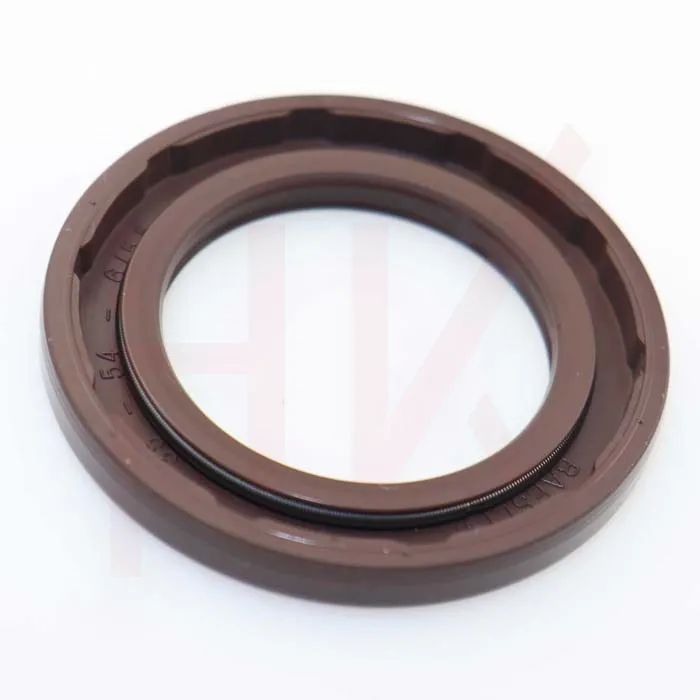ਨਵੰ. . 06, 2024 18:31 Back to list
Replacing Seals in Hydraulic Cylinders for Enhanced Performance and Longevity
Replacing Seals on a Hydraulic Cylinder A Comprehensive Guide
Hydraulic cylinders are essential components in various industries, providing the necessary force to lift, push, or move heavy loads. However, like any mechanical device, hydraulic cylinders can experience wear and tear, particularly in their seals. The seals are crucial for maintaining pressure and preventing hydraulic fluid leakage. Consequently, understanding how to replace seals on a hydraulic cylinder is vital for ensuring optimal performance and avoiding costly repairs.
Understanding Hydraulic Cylinder Seals
Hydraulic cylinder seals are made from various materials, including rubber, polyurethane, and PTFE (Teflon). Each material has its unique properties suited for different applications, temperatures, and fluid types. The purpose of these seals is to prevent hydraulic fluid from escaping the cylinder and to keep contaminants out. Common types of seals found in hydraulic cylinders include O-rings, rod seals, piston seals, and wipers.
Over time, seals can degrade due to constant exposure to high pressure, temperature fluctuations, and chemical exposure. Signs of worn seals include fluid leaks around the cylinder, reduced cylinder efficiency, and erratic movement. Timely seal replacement can extend the life of the hydraulic cylinder and maintain system efficiency.
Tools and Materials Needed
Before beginning the seal replacement process, gather the following tools and materials
1. New Seals Ensure that you have the correct size and type of seals for your specific hydraulic cylinder. 2. Seal Removal Tool A seal puller or a sharp utility knife can help remove old seals without damaging the cylinder. 3. Cleaning Supplies Use lint-free cloths and appropriate cleaning solvents to remove dirt and debris from the cylinder. 4. Torque Wrench A torque wrench is essential for resealing connections. 5. Grease Hydraulic grease can lubricate new seals and aid in installation. 6. Safety Gear Always wear safety glasses and gloves to protect yourself during the procedure.
Step-by-Step Replacement Process
1. Safety First Before starting the process, ensure that the hydraulic system is depressurized. Turn off the machine, disconnect the power source, and relieve any residual pressure in the hydraulic lines.
2. Remove the Cylinder If possible, remove the hydraulic cylinder from the machine for easier access. Use appropriate lifting equipment to avoid injury.
replacing seals on a hydraulic cylinder

3. Clean the Cylinder Thoroughly clean the exterior and interior of the cylinder, removing any debris or old seal remnants. Inspect the cylinder for any damage or scoring that could also affect seal performance.
4. Remove Old Seals Use a seal removal tool to carefully extract the old seals. Be cautious not to scratch or damage the cylinder's surfaces during this process.
5. Install New Seals Before installing the new seals, apply a thin layer of hydraulic grease to help them slide into place easily. Install the piston seal first, followed by the rod seal and wipers. Ensure that the seals are oriented correctly, as improper installation can lead to immediate failure.
6. Reassemble the Cylinder Once the new seals are in place, reassemble any parts you disassembled. Pay close attention to torque specifications to ensure a secure fit.
7. Reconnect and Test Once the cylinder is reassembled and reconnected to the hydraulic system, it’s essential to perform a test run. Monitor for any leaks and check the cylinder’s functionality.
Maintenance Tips
To prolong the life of your hydraulic seals, consider these maintenance tips
- Regularly inspect hydraulic cylinders for signs of wear or damage. - Change hydraulic fluid at recommended intervals to prevent contamination. - Keep hydraulic systems clean and free from debris.
Conclusion
Replacing seals on a hydraulic cylinder is a straightforward process that, when done correctly, can significantly enhance the efficiency and longevity of the equipment. By equipping yourself with the right knowledge and tools, you can tackle this task with confidence, ensuring your hydraulic systems remain in peak condition. Regular maintenance and vigilance are key to a well-functioning hydraulic system, preventing costly downtimes and repairs in the future.
-
TCN Oil Seal Metal Ring Reinforcement for Heavy Machinery
NewsJul.25,2025
-
Rotary Lip Seal Spring-Loaded Design for High-Speed Applications
NewsJul.25,2025
-
Hydraulic Cylinder Seals Polyurethane Material for High-Impact Jobs
NewsJul.25,2025
-
High Pressure Oil Seal Polyurethane Coating Wear Resistance
NewsJul.25,2025
-
Dust Proof Seal Double Lip Design for Construction Equipment
NewsJul.25,2025
-
Hub Seal Polyurethane Wear Resistance in Agricultural Vehicles
NewsJul.25,2025
-
The Trans-formative Journey of Wheel Hub Oil Seals
NewsJun.06,2025
Products categories
















